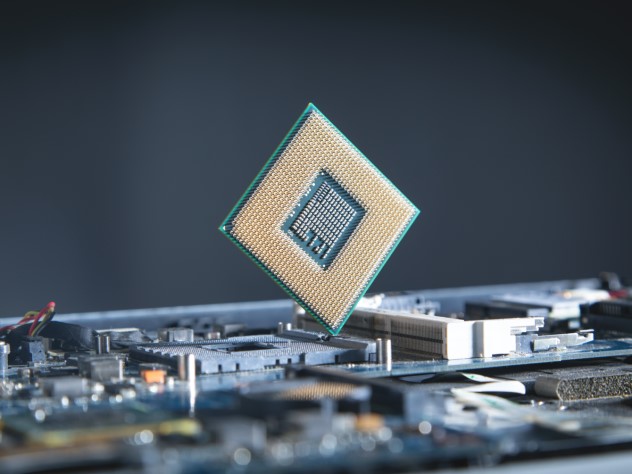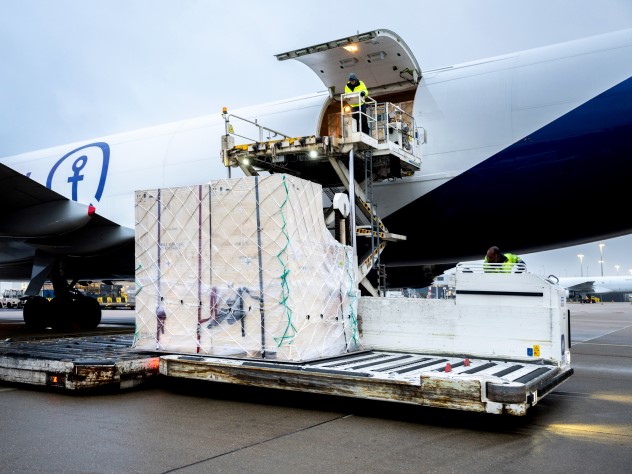If semiconductors are the foundation of the digital age, sustainability represents the future.
Consumers, governments, and regulatory agencies are now becoming increasingly concerned with the environmental impact of products and technology. Finding new pathways to a more sustainable supply chain is crucial for the semiconductor industry.
Kuehne+Nagel is at the forefront when it comes to sustainable logistics solutions, and semiconductor logistics is no exception. We are committed to providing our clients with ways to improve efficiency while reducing their impact on the environment.
Chip makers cannot afford to view their supply chain emissions as someone else’s problem. Now is the time for leading companies to act, secure their own green supply, and strongly differentiate themselves in the eyes of customers, shareholders, and suppliers.
Boston Consulting Group
The pathway to the decarbonisation of the semiconductor industry
The semiconductor industry produces high amounts of carbon emissions due to its intensive manufacturing processes. With each new development in semicon technology, the amount of emissions increases.
Consumers, governments, investors, and even employees are insisting that more needs to be done in terms of sustainability actions. There is widespread demand that semicon companies demonstrate their commitment to sustainability via verifiable environmental, social, and governance (ESG) reports.
Emission sources of Semiconductor Industry
Progress is slow, but it is being made. The number of semiconductor companies that produced ESG reports rose from 24% to 65% in five years. Many companies are committed to achieving Scope 1 and 2 target reductions while others have pledged to achieve net zero emissions by 2050.
To accelerate their carbon-reduction efforts, chip companies must go beyond focusing on reducing Scope 1 and Scope 2 emissions. Most emissions are Scope 3 emissions, derived from upstream suppliers and must also be targeted.
Scope 3 Upstream Emission breakdown, 6% comes from transport
When broken down, 6% of Scope 3 upstream emissions are from transport. This emphasises the need for more environmentally friendly semiconductor logistics solutions.
Leading the way in sustainability supply chain
Examples of Kuehne+Nagel efforts towards sustainable supply chains include:
- Kuehne+Nagel was the first air logistics provider to offer Sustainable Aviation Fuel (SAF).
- We were involved in the first 100% commercial SAF flight and launched the first carbon-neutral air freight lane between North America and Europe.
- In partnership with Atlas Air, Inc. and the SR Technics Group, Kuehne+Nagel forged the Sustainable Engine Alliance.
- We teamed up with Lenovo to create a revolutionary SAF logistics service for IT products.
Lenovo is constantly looking at new ways to fulfil our 2050 net-zero vision, and embed sustainability deeper into the technology value chain, from improving efficiency of our products to the use of sustainable materials. This also extends to supporting our customers in their carbon reduction journeys and this collaboration with Kuehne+Nagel is a key example.
Claudia Contreras, Executive Director of Global Sustainability Services at Lenovo.
This innovative approach we have forged with Kuehne+Nagel continues our commitment to delivering sustainable products and solutions.
Gareth Davies, Head of Global Logistics at Lenovo.
This is just one example of how we support our customers through their sustainability journey. Learn more about Kuehne+Nagel’s sustainability program.
Explore semiconductor industry resource center
Unlock a wealth of resources to enhance your semiconductor business strategies. From expert articles to in-depth guides, our resource center has everything you need to stay ahead.









